As I try and focus on the painful act of book-writing, I’ve been giving a lot of thought to the unwritten rules of non-fiction‐or, rather, the fact that those rules seem to vary by creator. While I spend time agonizing over which version of a remembered quote to use, other writers seem to have no problem inventing details out of whole cloth. Am I dooming my project to obscurity by obsessing too much over accuracy, or do the slightest journalistic feints discredit the entire enterprise?
With that conundrum occupying far too much of my mental bandwidth, I took a keen interest in the just-released appellate ruling in Bustos v. A&E Television Networks. The medium here is TV, but the issue is the same: can the truth be fudged even a little in the service of storytelling? Or as the judge put it:
Can you win damages in a defamation suit for being called a member of the Aryan Brotherhood prison gang on cable television when, as it happens, you have merely conspired with the Brotherhood in a criminal enterprise? The answer is no. While the statement may cause you a world of trouble, while it may not be precisely true, it is substantially true. And that is enough to call an end to this litigation as a matter of law.
Jerry Lee Bustos is a longtime inmate at the federal supermax facility at Florence, Colorado. Back in 1998, he was chatting with a few acquaintances on the prison yard when another inmate — who seemed to be walking along minding his own business — punched Mr. Bustos in the back of the head. Mr. Bustos wasn’t one to back down from an unprovoked attack and the pair quickly squared off as other residents of Florence looked on. After a few minutes, baton-toting prison guards stepped in, but by then Mr. Bustos had caught a few good punches and was no better for the wear.
Unfortunately for Mr. Bustos, the entire episode was captured by a prison surveillance camera. And worse, A&E Television Networks got a hold of the footage and featured it on its national cable television show, Gangland: Aryan Brotherhood. The program paired images of Mr. Bustos with a stentorian narrator who described the Aryan Brotherhood prison gang, its white-supremacist views, and its violent history.
Mr. Bustos complains that this in-all-ways-unsolicited television appearance has caused him an acre of difficulty. He says the program’s suggestion that he is a member of the Aryan Brotherhood has devastated his popularity around the jail. The Brotherhood, it turns out, did not appreciate his publicly appearing as a member without their invitation. And other gangs have also apparently become leery that Mr. Bustos might be a clandestine member of the Brotherhood. So now, Mr. Bustos complains, he has received death threats and for his own safety can’t be transferred to a less restrictive form of custody. Despite his best efforts, he just can’t convince his fellow prisoners that he’s not actually a member of the Aryan Brotherhood.
The court ultimately concluded that program made a charge that, while not wholly accurate by prison standards, at least had a substantial kernel of truth: Bustos had been involved in a drug-smuggling operation with AB members, and had apologized to one of the organization’s leaders when he messed-up a delivery. Perhaps he had never been formally tapped into the gang, but guilt-by-association was good enough in this case.
The decision cites several cases from the publishing world, notably Masson v. New Yorker Magazine, which found that “minor inaccuracies do not amount to falsity so long as the substance, the gist, the sting, of the libelous charge be justified.” In other words, liberties can be taken. But are readers aware of this wiggle room when they read a work labeled non-fiction? How much “creativity” does the typical reader expect when they delve into a narrative?
I’m really struggling with this. I never want to invent dialogue or describe details that have no zero in fact, but sometimes a scene seems dead on the page if there isn’t enough visual richness. Do decisions like Bustos indicate that writers who resist the Sirens’ call of slight-of-hand are dinosaurs these days?
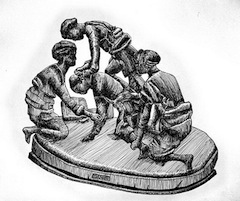 It’s always interesting to note how much criminal slang, which is designed to defy common comprehension, eventually finds its way into the popular vocabulary. I believe this is a testament not only to the (arguably lamentable) glamour of transgression, but also to the accidental linguistic genius of those who rob and maim for a living. Words from the underworld manage to pack a lot of meaning into a modicum of characters, plus they often exhibit a certain visual flair that is lacking in more mainstream language. Which of these, for example, is more evocative of the notion of a fatal stab wound: “puncture” or “Harlem sunset”?
It’s always interesting to note how much criminal slang, which is designed to defy common comprehension, eventually finds its way into the popular vocabulary. I believe this is a testament not only to the (arguably lamentable) glamour of transgression, but also to the accidental linguistic genius of those who rob and maim for a living. Words from the underworld manage to pack a lot of meaning into a modicum of characters, plus they often exhibit a certain visual flair that is lacking in more mainstream language. Which of these, for example, is more evocative of the notion of a fatal stab wound: “puncture” or “Harlem sunset”?


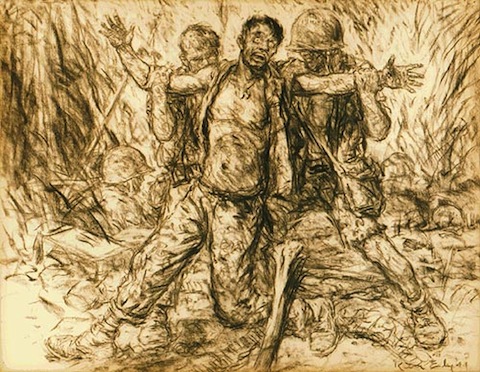


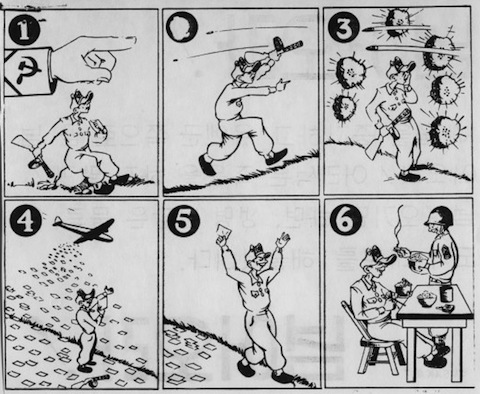
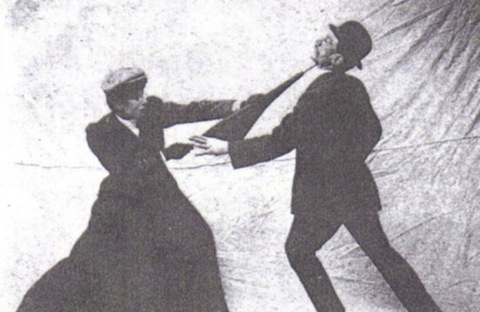


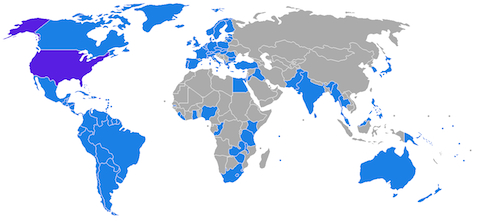





 The crime rate in Bermuda is
The crime rate in Bermuda is 




